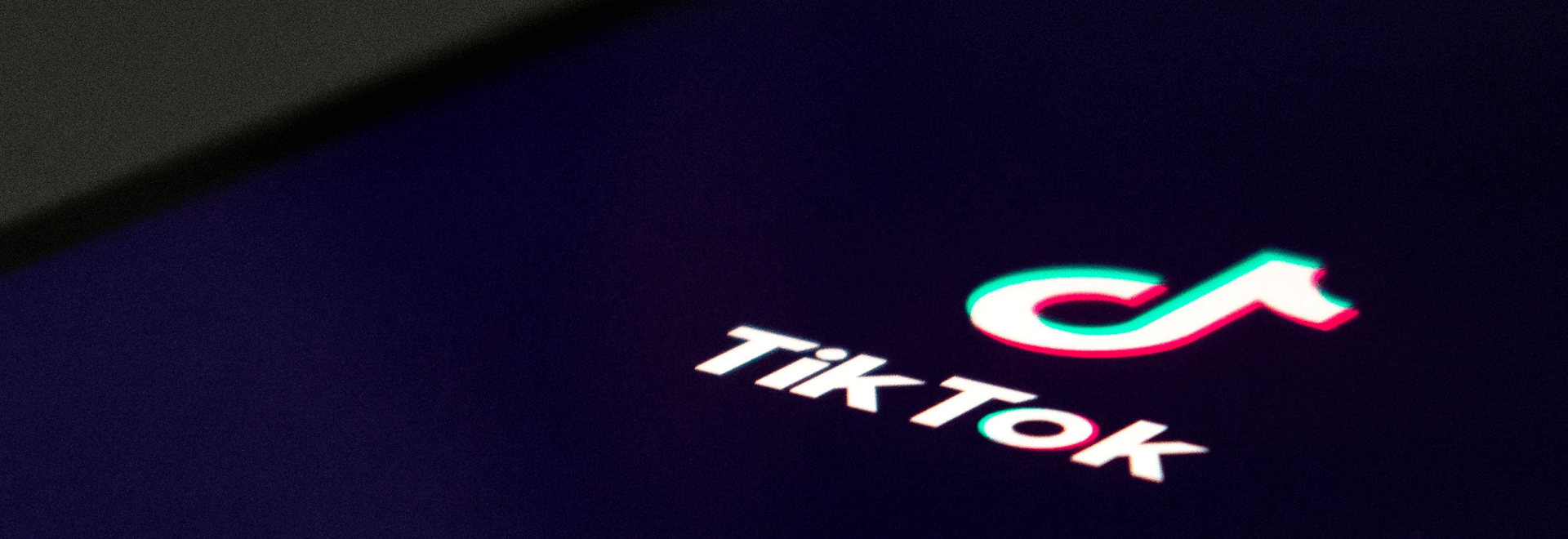The Basics of TikTok
What is TikTok?
Tiktok is a Chinese video-focused social media platform. It was originally launched in 2016 as Douyin before rebranding to TikTok and releasing worldwide in 2018 – this happened after a merger with musical.ly, a similar social media platform.
TikTok differs from other social media platforms by the type of content being shared on the platform – bite-sized videos, no longer than sixty seconds in length. Originally intended for short videos of users lip-syncing to popular songs, the platform’s explosion in popularity led to more diverse types of content being created.
What makes TikTok a good marketing channel?
TikTok is one of the most interesting platforms to look at from a marketing standpoint. For starters, it’s one of the most downloaded mobile apps on the market – in 2018, it surpassed giants like Instagram and Facebook to become the most downloaded iOS app.
Not only does it have a massive install base – TikTok users are incredibly engaged with the platform, with the average user spending just under an hour using the app every day.
Finally, consider TikTok’s demographics – Gen Z and millennials dominate the platform, and they’re clearly heavily engaging with it. This makes it the perfect vector to reach this elusive audience.
How to get started with TikTok?
Well, simple! Download the app and set up your account. Then, get familiar with all of the tools available in the app – shoot a couple of test videos and spend some time playing around with all of the features and filters to ensure you have a decent handle on everything you can do on the app.
Then, click on the Discover tab to see true masters in action. The Discover tab shows you a snapshot of the current platform zeitgeist – you’ll see popular and rising posts, content that’s popular in your geographic region, and newly created TikToks just finding their audience.
The Discover page is your main weapon in the TikTok arsenal – at first, you’ll be using it to familiarise yourself with the platform. Spend a lot of time really diving deep into the platform – only by truly immersing yourself in the culture of TikTok will you be able to understand what content works – and why.
The Discover page will also allow you to quickly identify the biggest influencers on the platform – after all, who better to learn from than the true masters of the craft?
Keeping an eye on the competition is also a good thing, but that goes without saying – after all, you already do that for all of your other social media platforms.
The TikTok algorithm – what we know
A social media platform keeping its algorithm secret is nothing unusual – after all, if everyone knew how to game a platform’s discovery algorithm, why would anyone pay for promoted posts? TikTok is no different – the precise mechanism behind the Discover page is closely guarded.
That, of course, hasn’t stopped people from doing their best to try and figure out what exactly makes it tick. Although there’s no point in waiting for TikTok to confirm or deny any findings on the matter, here’s what seems to be powering the TikTok algorithm.
First of all – you can hit it big even without a lot of followers. This is because the algorithm intermittently sprinkles in videos without many views into users’ Discovery page. That way, even accounts without a large following can get noticed!
Second of all, every new upload is shared primarily with other users within the same geographic location. This is especially useful for small businesses who rely on local traffic!
Many factors are taken into consideration before the algorithm makes a decision which video to serve onto users’ Discover and For You pages – these include, but are not limited to video completions, shares, rewatches, and likes. What’s interesting is that unlike other social media networks, TikTok analyzes older content, too – don’t be surprised if your video from a month ago suddenly starts making the rounds.
A word on authenticity
As with any social media platform dominated by Gen Z and millennials, a word of caution is in order. Many have tried expressing this caution, but none have succeeded quite like Steve Buscemi in a now-legendary episode of 30 Rock.

Don’t be like Steve Buscemi.
If you’ll pardon our French, Gen Z and millennials are extremely good at detecting bullshit. They are keenly aware of when someone tries to subvert their language in an insincere manner, and they will not stop mocking them relentlessly.
This warning should be taken all the more seriously on TikTok – more than any other platform, it is overwhelmingly dominated by young people. They do not take kindly to any corporate intrusion onto their platform – as such, marketing on TikTok will require a high degree of competence and credibility.
What sort of content works on TikTok?
TikTok is the ultimate expression of remix culture – popular videos aren’t just enjoyed as-is, their formats are taken apart and put back together, reimagined by thousands of other users. The platform runs on trends – you’re either creating them, or following them.
Creativity is one thing – if you can capture attention with your video, you’re halfway there. The key is making sure other users can easily join in on the fun! Drake’s Tootsie Slide song is a prime example of a viral TikTok trend, which galvanised millions of users to recreate the memelicious dance – from regular users to celebrities like Justin Bieber alike.
One of the primary ways of generating engagement on TikTok are hashtag challenges. These are exactly what they say on the tin – users are encouraged to post their own spin on your video under a hashtag. This, of course, is a great way to solicit user-generated content for your marketing campaigns.
The “Sounds” feature is at the heart of almost every TikTok video – this is where you’ll select the music you want to set your video to. The Sounds tab also shows you which songs are currently receiving heavy attention from the TikTok community – and since you can browse all the videos that use a particular sound, deciding to use a popular song in your video is usually a safe bet.
TikTok’s paid advertising options
TikTok offers several options for brands looking to advertise on their platform – from the standard promoted posts that appear on user feeds to more robust offerings such as brand takeovers.
Sponsored posts are clearly branded as such – and they usually aren’t very intrusive (with the notable exception of in-video ads, which are shown before the user’s desired content). If you’re looking for the least jarring option, you can sponsor a hashtag challenge, which will be seamlessly integrated into the targeted audience’s Discover page.
For more robust options, consider a brand takeover – essentially purchasing several in-app ads which are shown to users as they browse through the app. While intrusive, they are a surefire way to get eyes on your marketing campaign.
Of course, we can’t forget about influencer marketing. Influencers are a huge part of social media – and TikTok realises that more keenly than competing platforms. That’s why they launched the TikTok Creator Marketplace – their official platform for connecting brands with creators. This feature allows you to pick the best partners for your campaigns based on actual performance metrics pulled directly from the platform.
TikTok analytics
Finally, a word on analytics. Unfortunately, these are only available for pro accounts – but since you’re a brand, you likely upgraded as soon as you set your account up.
TikTok’s analytics dashboard is fairly straightforward – it offers the necessary features, but doesn’t go for anything fancy. You can use it to learn more about your profile’s performance within the last 7 or 28 days. Unfortunately, it is impossible to go back further than that at the time of writing.
The content analytics section will fill you in on all of the relevant metrics related to your posts – which videos managed to trend and which flopped. You can also dive deeper and take a closer look at each individual video to see how many comments and shares they received.
The followers tab will fill you in on the necessary demographics data about your audience, including the time they’re most active on the platform, their geographic location, and the videos they watch. All of this is crucial information for your TikTok marketing strategy.
In all, TikTok’s analytics dashboard has a respectable amount of functionality. For those who need slightly more bells and whistles, good news – as TikTok expands their API, social media listening platforms such as our own SentiOne will be able to provide users with even more data and metrics. It’s only a matter of time.



